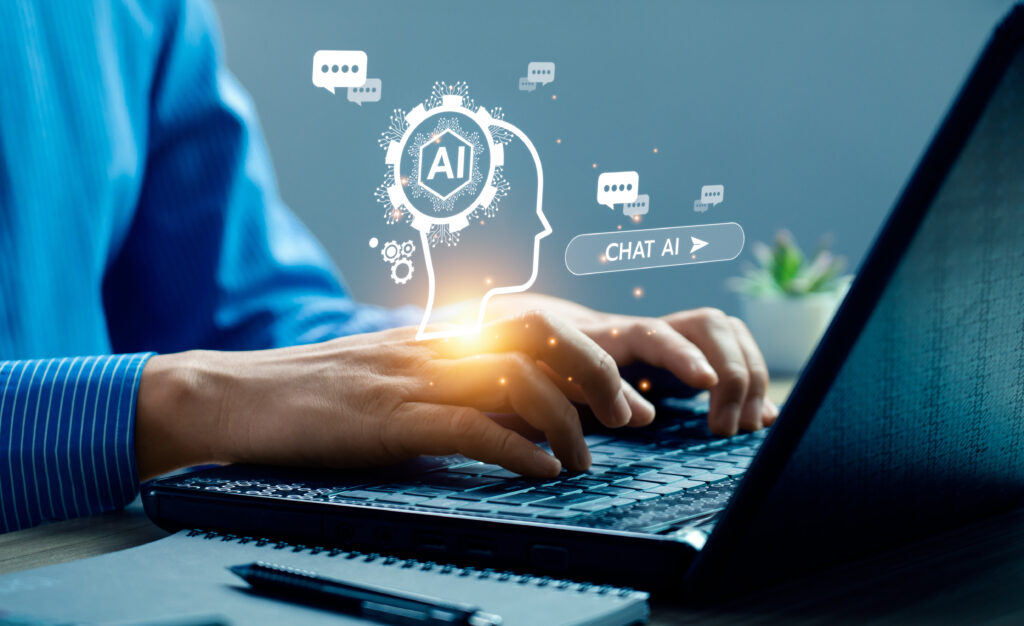
In today’s rapidly evolving digital landscape, cybersecurity has emerged as a primary concern for organizations worldwide. As cyber threats continue to grow in complexity and scale, the tools designed to combat these threats must evolve as well. This has led to a paradoxical situation: the solutions intended to protect us can also present new risks. Artificial Intelligence (AI) has become a cornerstone of modern cybersecurity strategies, significantly enhancing threat detection and response capabilities while simultaneously introducing fresh challenges and vulnerabilities.
AI in Threat Detection and Response
The integration of AI into cybersecurity defines a new era of defensive capabilities. Through the use of machine learning algorithms, AI enhances threat detection by analyzing vast amounts of data in real-time to identify unusual patterns indicative of potential cyber threats. This capability is crucial in an environment where threats can emerge suddenly, and traditional systems may not respond quickly enough. AI-powered systems can reduce incident response times, which allows organizations to mitigate potential damage much more eFectively.
Moreover, AI facilitates predictive analytics that can anticipate cyber threats before they occur. By creating predictive models based on historical data and emerging trends, organizations can forecast potential attack vectors, enabling them to proactively counteract sophisticated threats such as advanced persistent threats (APTs). With the power of AI, organizations are not just reacting to threats, but also strategically positioning themselves to prevent them.
AI as a Tool for Cybercriminals
However, as organizations leverage AI for defense, cybercriminals are simultaneously harnessing this technology to enhance their attack strategies. AI-generated malware is a serious concern, as it can adapt its behavior to evade traditional detection systems. This adaptive nature makes it increasingly diFicult for security teams to respond eFectively. Furthermore, AI-powered bots can automate phishing attacks, making these malicious attempts more convincing and diFicult to detect.
The emergence of Generative AI presents additional implications for cybersecurity. This advanced form of AI can create sophisticated deepfakes and facilitate misinformation campaigns that can significantly undermine organizational trust. What was once considered a valuable AI tool can be repurposed to automate and scale cyber-attacks,
increasing their frequency and impact. The dual-use nature of these technologies poses an ongoing challenge to cybersecurity professionals.
Mitigating Risks Associated with AI Implementation
Given these evolving dynamics, businesses must proactively mitigate the risks associated with AI in cybersecurity. Establishing robust governance and guidelines is essential for responsible AI use. Creating an AI ethics policy can guide the eFective and ethical deployment of security tools, ensuring that they reinforce defenses rather than inadvertently create new vulnerabilities. Continuous monitoring and assessment of AI systems are also crucial, allowing organizations to identify and remediate potential flaws before they can be exploited by malicious actors.
Collaboration and information sharing within the cybersecurity community are vital to staying ahead of emerging threats posed by AI. Engaging in information-sharing platforms allows organizations to pool knowledge and strategies, enhancing collective defenses against AI-driven attacks. Frameworks like the Automotive Information Sharing and Analysis Center serve as exemplary models of how collaboration can yield improved cybersecurity outcomes.
Conclusion
While AI significantly strengthens cybersecurity defenses by improving detection and response capabilities, it also introduces vulnerabilities that cybercriminals can exploit. Understanding this dual role is critical for IT leaders striving to enhance their organization’s cybersecurity posture and mitigate the potential risks associated with AI technologies. As we navigate the complex interplay between AI and cybersecurity, organizations must adopt a holistic approach, leveraging AI’s protective capabilities while vigilantly addressing the vulnerabilities it creates. The future of cybersecurity will hinge on our ability to balance these powerful yet potentially perilous tools.

